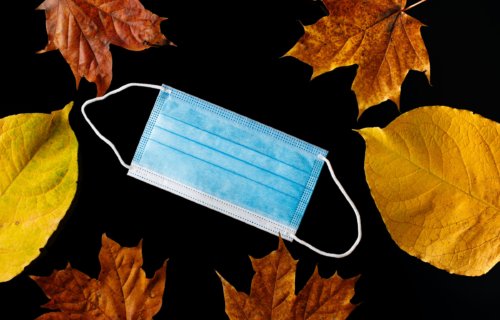BARCELONA, Spain — COVID-19 may become a constant annoyance like the flu, a new study warns. Researchers in Spain say they have strong evidence the virus is a seasonal infection which prefers cooler and drier climates – much like the annual flu season.
Lower temperatures and humidity levels appear to accelerate the spread of the virus, according to a team from the Barcelona Institute for Global Health. Whether COVID-19 is seasonal or continues to spread throughout the year has been unclear until now.
Early reports suggested climate was a “transmission driver” given the high number of vulnerable people with little or no immunity to the virus. However, some observations suggested the initial outbreak in China occurred between latitudes 30 and 50 degrees North, with low humidity levels and temperatures.
“The question of whether COVID-19 is a genuine seasonal disease becomes increasingly central, with implications for determining effective intervention measures,” says study leader Professor Xavier Rodó in a media release.
COVID follows the cold across the globe
To answer this question, study authors analyzed humidity levels and temperatures in 162 countries across five continents during the early stages of the pandemic — before governments started issuing quarantines and other safety measures. The researchers found infections increased in places with low temperatures and humidity levels during this time period.
They then used a statistical method to study how the disease and climate evolved over time at different geographical scales. Consistent patterns of transmission appeared during the first, second, and third wave of the pandemic at all levels – worldwide, national, regional, and even within cities.
They showed that the first wave of COVID infections evaporated when temperatures and humidity rose. Likewise, when the climate cooled and humidity levels dropped, a second wave of infections began to spread. However, the pattern broke during the summertime across all continents.
“This could be explained by several factors, including mass gatherings of young people, tourism, and air conditioning, among others,” notes first author doctoral student Alejandro Fontal.
Temperatures in the 50s are a warning sign
The same pattern appeared in countries in the Southern Hemisphere, where the virus arrived later, according to the study. Climate had the biggest impact between 53 and 64 degrees Fahrenheit, and humidity levels of four and 12 g/m3, although these ranges are only indicative due to the short record available.
By incorporating temperature into transmission rate models, the researchers were able to better predict the rise and fall in infections.
“Altogether, our findings support the view of COVID-19 as a true seasonal low-temperature infection, similar to influenza and to the more benign circulating coronaviruses,” Prof. Rodó says.
Low humidity can reduce the size of aerosols, thereby increasing airborne transmission of seasonal viruses such as influenza. These findings suggest the same could be true for COVID, whereby lower temperatures and humidity contribute its transmission.
“This link warrants an emphasis on ‘air hygiene’ through improved indoor ventilation as aerosols are capable to persist suspended for longer times,” Prof. Rodó concludes.
The findings appear in the journal Nature Computational Science.
South West News Service writer Tom Campbell contributed to this report.
